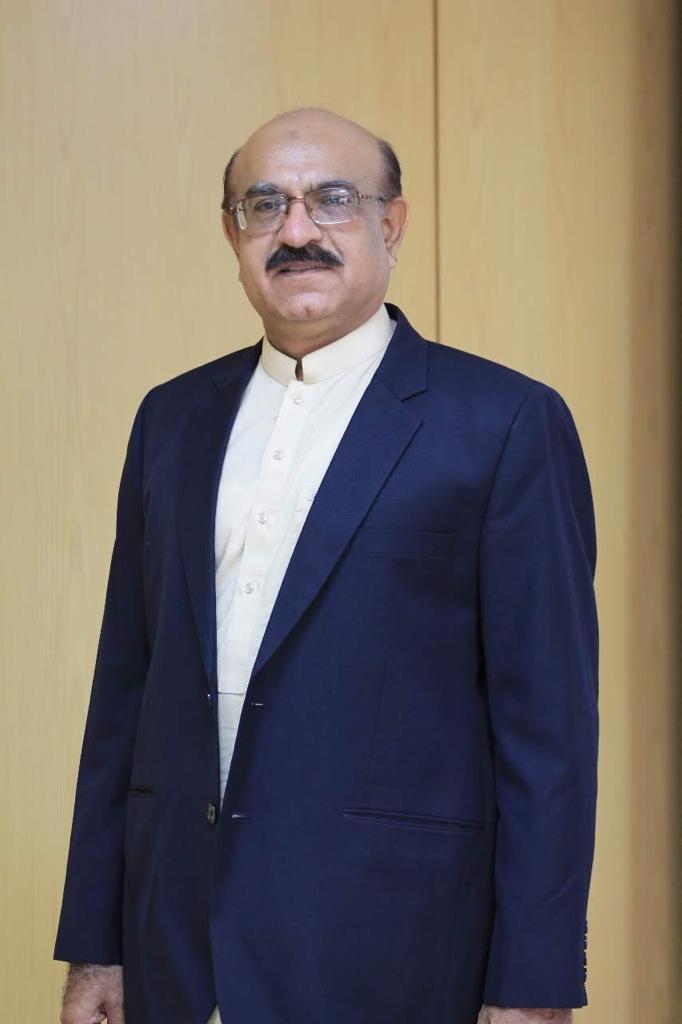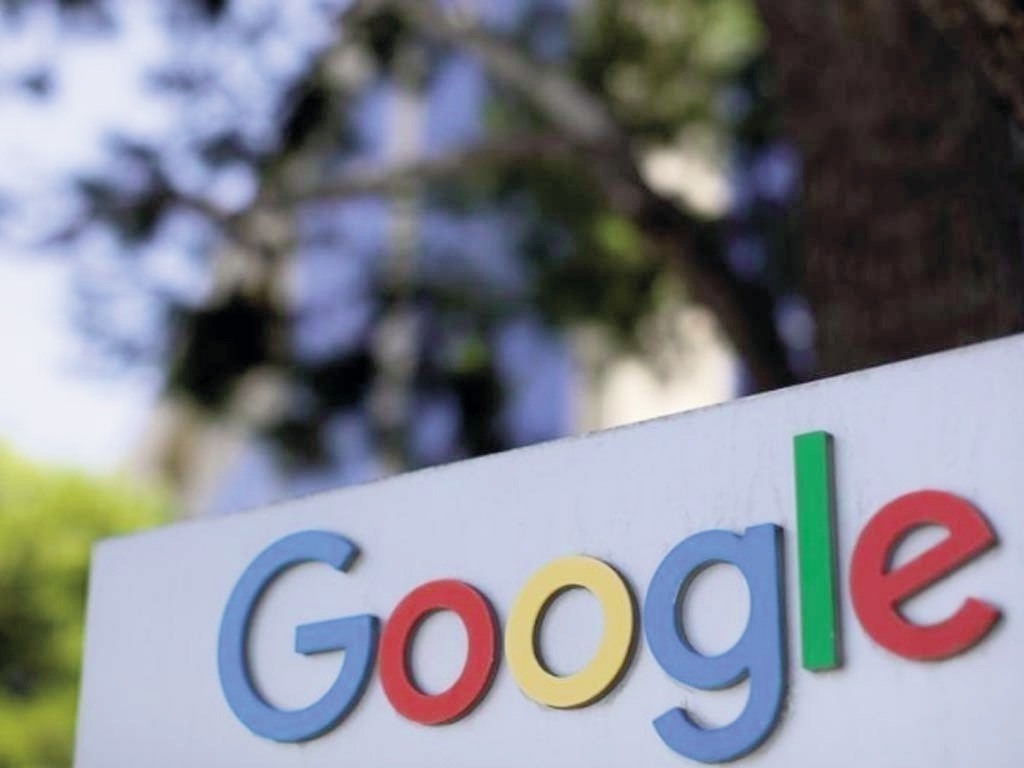Pakistan’s 1st QR Cable Verification Service for Commercial and Industrial Clients
Fast Cables Launches “Fast Tasdeeq Plus”
FAST, a leading manufacturer of REAL Quality Cables & LED Lights, has announced the launch of its innovative cable verification […]




